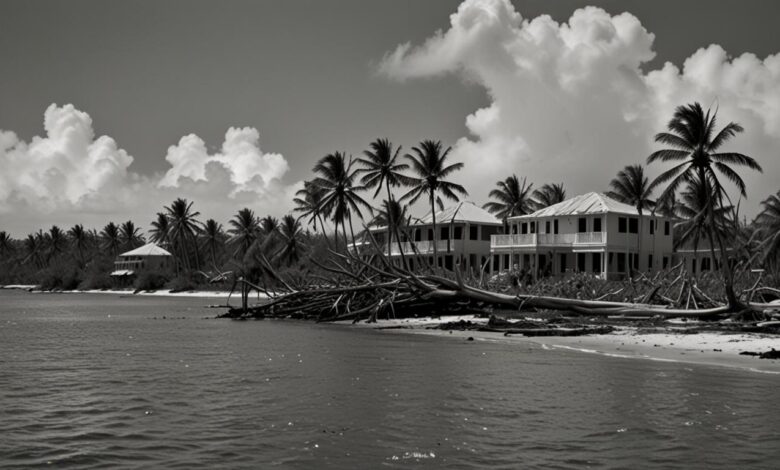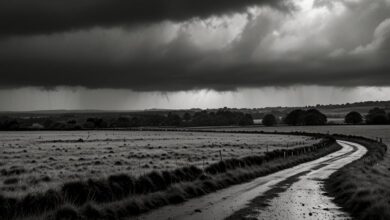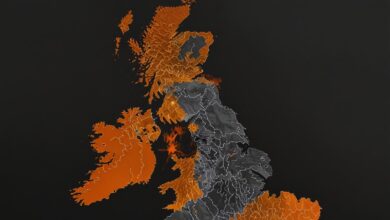Hurricane Beryl Causes Devastation as Category 4 Storm Hits Caribbean

Hurricane Beryl, the earliest Category 4 storm to form in the Atlantic, made landfall on the Caribbean island of Carriacou, causing significant damage with its 150 mph winds. The storm’s impact led to widespread reports of destruction across several Caribbean islands.
Hurricane Beryl, the earliest Category 4 storm to form in the Atlantic, made landfall on Monday on the Caribbean island of Carriacou, one of the Grenadian islands. Beryl’s 150 mph winds caused significant damage, including blowing off roofs and uprooting trees. The National Hurricane Center warned of an “extremely dangerous and life-threatening situation.”
Hurricane warnings were issued for Barbados, Grenada, Tobago, and St. Vincent and the Grenadines. As Beryl moved approximately 30 miles north of Grenada, its impact led to widespread reports of roof damage and fallen trees. In Grenada, Prime Minister Dickon Mitchell announced his intention to visit Carriacou, where significant storm surges and damage were reported.
Officials in Barbados used drones to assess damage rapidly. Emergency measures, including controlled power outages and water cuts, were implemented in anticipation of the storm’s impact. The hurricane, expected to weaken slightly, is predicted to continue its path across the Caribbean, possibly affecting Jamaica and Mexico’s Yucatan Peninsula.
Beryl’s rapid escalation from a tropical depression to a major hurricane in 42 hours is notable in Atlantic hurricane history. It surpassed previous records for early-season hurricane formation, previously held by Hurricane Dennis in 2005. The warmer-than-usual Atlantic waters contributed significantly to Beryl’s intensity. As of this season, Beryl is the second named storm following Tropical Storm Alberto, which recently made landfall in Mexico, causing fatalities and flooding.








